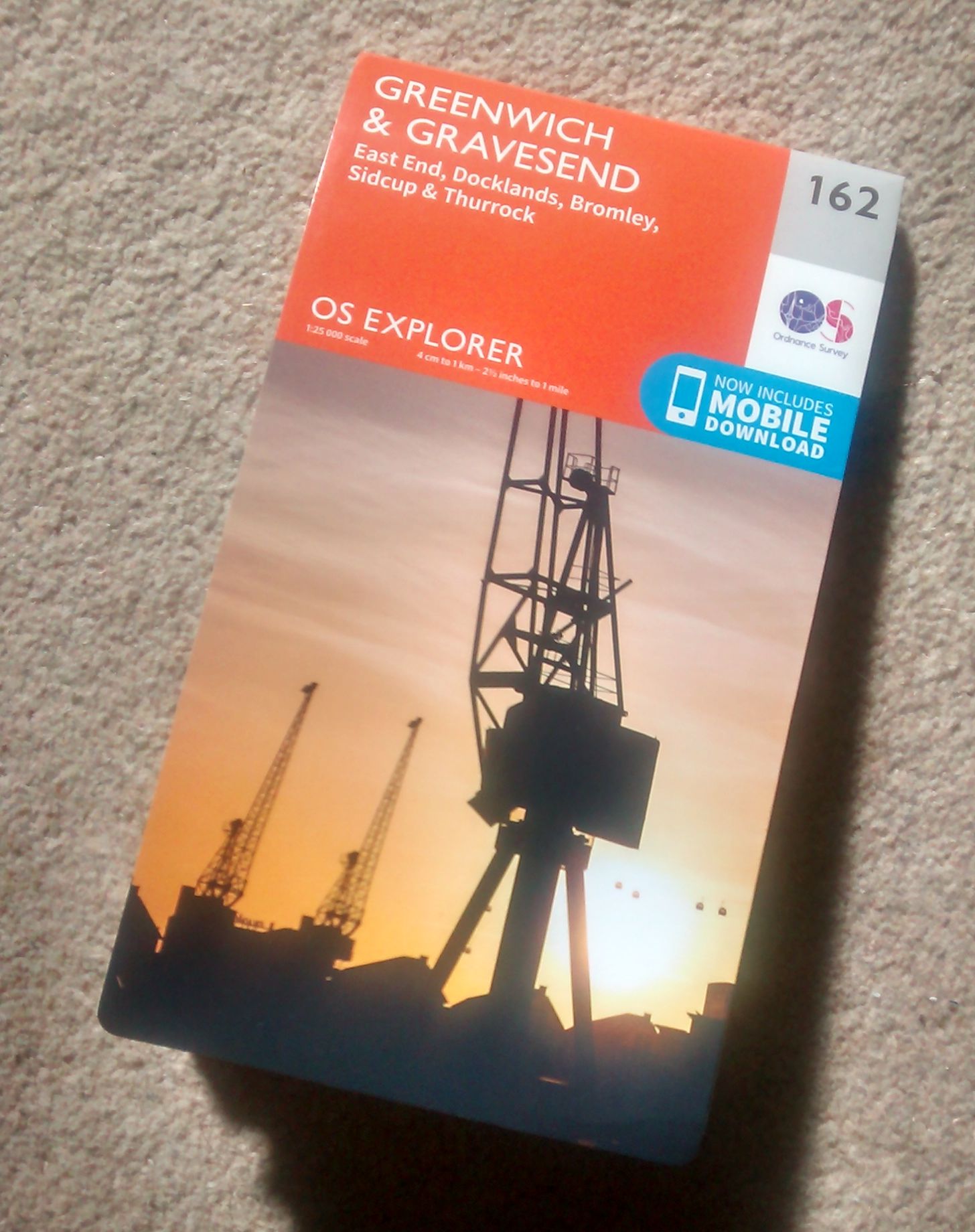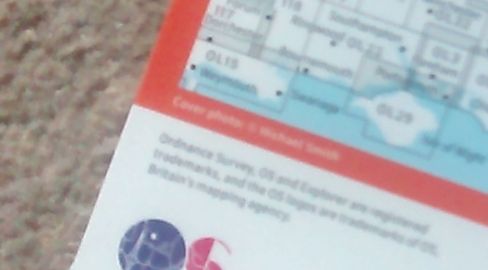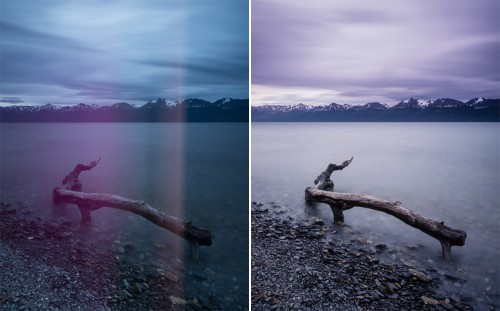Nik Collection now Free
For all you photography lovers out there, a great announcement from Google to say that the Nik Collection is to be made freely available. These are a great set of processing applications (and plugins for Lightroom) to process your imagery. Specifically Analog Efex Pro, Color Efex Pro, Silver Efex Pro, Viveza, HDR Efex Pro, Sharpener Pro and Dfine which basically deal with analogue special effects, colour correction, B&W processing, selective colour enhancement, HDR, sharpening and noise reduction respectively. My goto for nearly ALL my B&W processing is Silver Efex Pro. Really really powerful functions.
As DPReview note:
Nik’s applications put a focus on ease of use and accessibility, compatible with Photoshop, Lightroom and Aperture. The company was purchased by Google in 2012, and prior to that each program cost around $100 for a total of up to $500 for the software suite. Google opted to offer the whole bundle for $150, and made it available for all of its supported applications via a single installer.
My worry is that the Nik Collection might suffer the same fate as Snapseed which Google also bought. This is a wonderful Android application (also developed by Nik) which has been killed as a desktop application. We shall see…
EGU Photo Contest Finalist

Imaggeo which hosts all the photos is a worthy cause in and of itself (and the photo-contest was in-part started to promote this) as its “the open access geosciences image repositoryof the European Geosciences Union” and is part of their outreach in terms of science photography and highlighting all aspects of that visually. It grows year on year and is an invaluable resource. So I’m happy to use a Creative Commons license for my image.
The final vote is up to attendees at the conference (as per below)… so to anyone attending, go and see the photos as past experience shows you will get to see some great entries. AND VOTE!!
The finalist photographs are printed in large format and exhibited during the General Assembly. Each participant of the Assembly can then vote for up to three of their favourite exhibited photos using voting terminals set up next to the exhibition area. The public voting takes place from 8 am on Monday to midnight on Thursday. The votes are counted automatically and the three photographs with the highest number of votes are the winners. The winning photos are awarded during the lunch break on Friday.

OS Photofit Cover Landed!
Yes its landed!! My winning photo has now been published by OS and is available from Amazon, displayed in all its glory. Evidence of my copy and the photo credit!!

Long exposure image banding
I quite often experiment with neutral density (ND) filters for long exposure photography as part of images I produce and, over the last couple of years, have had two particular problems (neither of which I have examples of any more so I’ve pulled in some links from Google Images):
1. Cross-banding: this occurs with many variable ND filters which comprise stacked circular and linear polarisers. When you rotate the outer ring you increase the density of the glass and so reduce the amount of light. However when you overcook the density then you can get this cross-banding. Easy to fix (reduce the effect!) and easy to work out where it comes from.
2. Linear Banding: this has occurred on and off on occasion and usually when I am shooting in sunlight. My initial reaction was that this was caused by leakage of light through the filter system itself (I use Lee Filters), however no amount of fiddling with that helped it. More by accident (and then some subsequent Googling) I covered the eyepiece on my Nikon D700 (in fact most Nikon DSLR have an eyepiece shutter) which instantly solved it. Clearly a small amount of light entering through the eyepiece and, even though the mirror was up, it was leaking on to the sensor. As David du Chemin notes, its a very strange (and irregular) phenomenon!
Note to self… Nikon Custom Banks
My Nikon D700 has what are called “Custom Banks” - on face value these look like ways of saving your settings (for example if you have a preferred setup for a type of shooting) which you can then use later. Indeed you can use them this way, except the way they are set up is somewhat counter intuitive (as Ken Rockwell explains)…. whenever you change a setting it is automatically stored in the current bank, there is no save option. So by all means use bank “B” for a studio portrait range of settings *but dont change anything* otherwise they are automatically stored! Given you can’t lock your settings, you’ll probably end up needing to check them which kind of negates the point of using a custom bank in the first place!